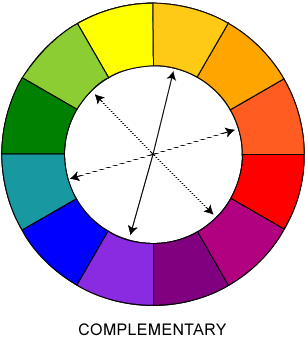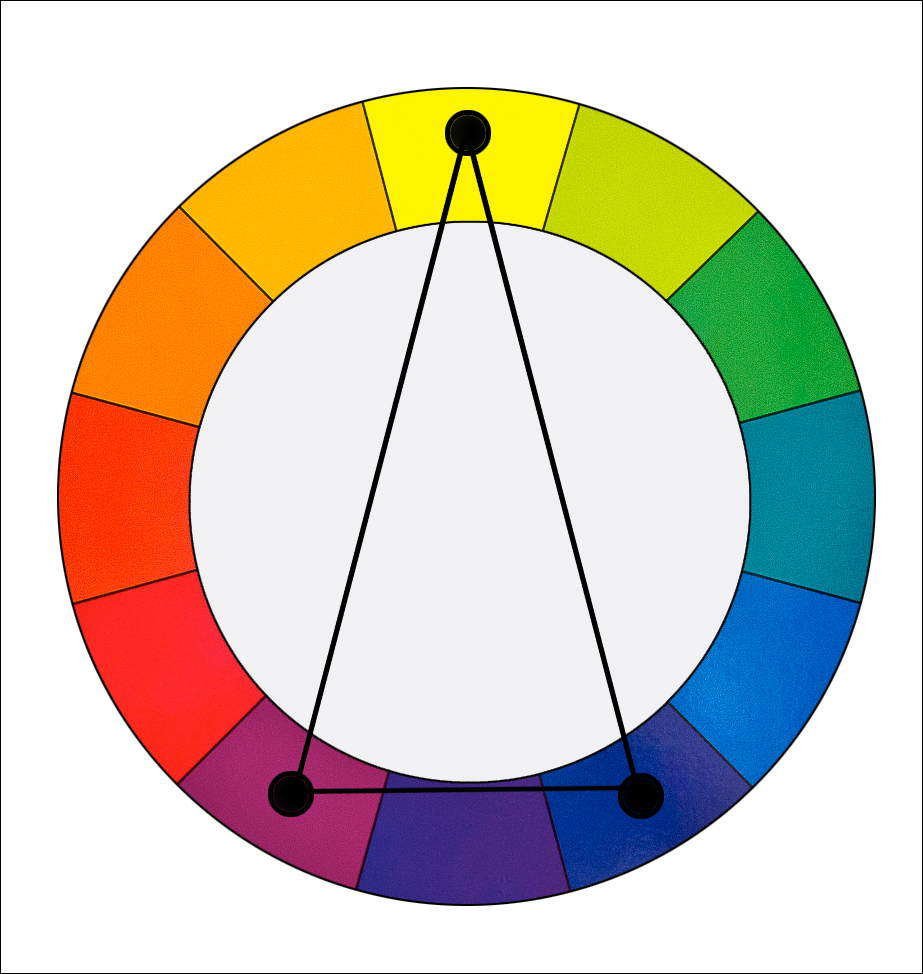1) What factors influence the psychological impact has on people?
Age, gender , culture and life experiences are the things that influence the psychological impact on people.
2)Summarize the feelings each of the following colors evokes in people: red, green, and violet?
Red evokes power,danger,strength,fire,and passions in people
Green evokes the feeling of being refreshed, cool, friendly and peaceful.
Violet evokes the feeling of being dignified and dramatic.
3) Name the secondary colors. What primary colors, in what proportions , are used to make each?
The secondary colors are orange green and violet. To make orange you need and equal amount of red and yellow. To make green you need and equal amount of yellow and blue. To make violet you need and equal amount of blue and red.
4) Which color name is listed first in the name of a tertiary color?
The first name in the tertiary color always is the primary color used.
5) Contrast value and intensity of color?
Intensity of a color refers to the brightness or dullness of a color.
Contrast is the difference in two colors,
6)What is the differences between tint, tone, and shade?
Tint is the any color with the addition of white.
Tone is the original color
shade is any color with the addition of black
7) Summarize how to neutralize a hue?
You can neutralize a hue by adding neutral color to the hue.
8)Name two warm colors and two cool colors.
Some colors include blue and violet and some warm color include yellow and orange.
9) Identify an example of each of the seven color harmonies.
The seven color harmonies are, monochromatic, complementary, split-complementary, double-complementary, analogous, triadic, and neutral.
10) What factors influence the way color harmonies are used in planning an interior design.
When choosing colors for a room you wan to think about the moods and style the people want lifestyles of the clients function of the room and the items in the room and the location of the room .
11)Summarize the guidelines for using color correctly in a room design.
The guide lines for using color correctly are using contrast if you have a white couch on a black wall the white couch will draw more attention. When using color harmonies you want your base color to dominate.Select low intensity colors for large walls if you use a high intensity color it can become overpowering. Heavy textures make colors appear darker.If a room is large use shades to make the room look smaller.In a small room use tint to make the room look bigger.
13) I would choose a soft yellow to make the room light and have a happy and warm feel to it. I think it would be bright even with the very little natural light because it is not a heavy cool color. Another choice would be white. White is fresh teacupful and pure, it will make the room look crisper and livelier.












